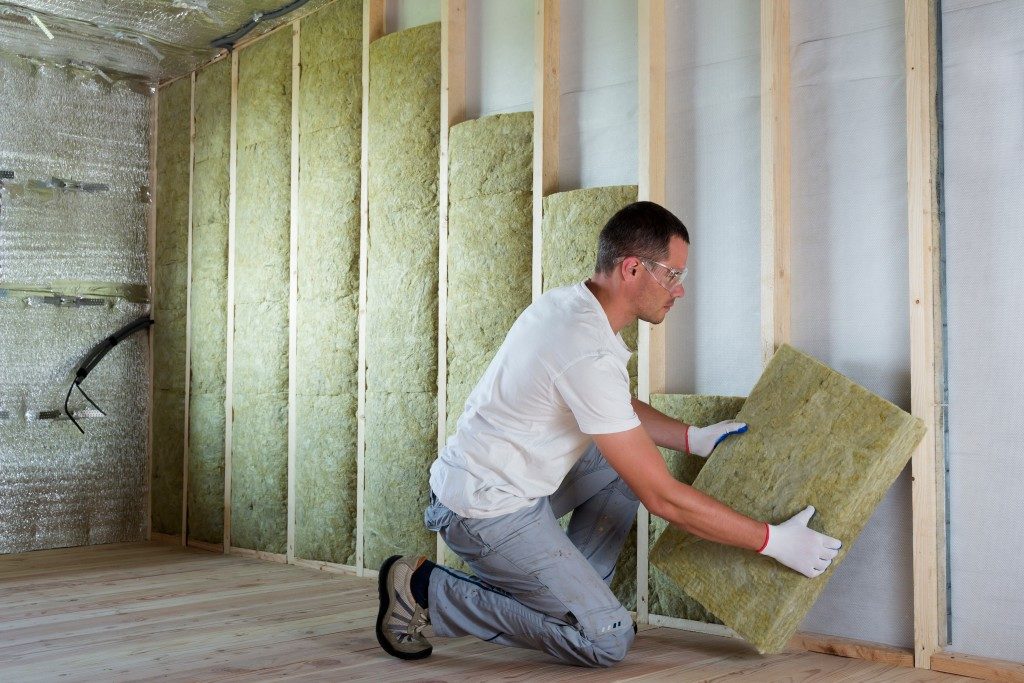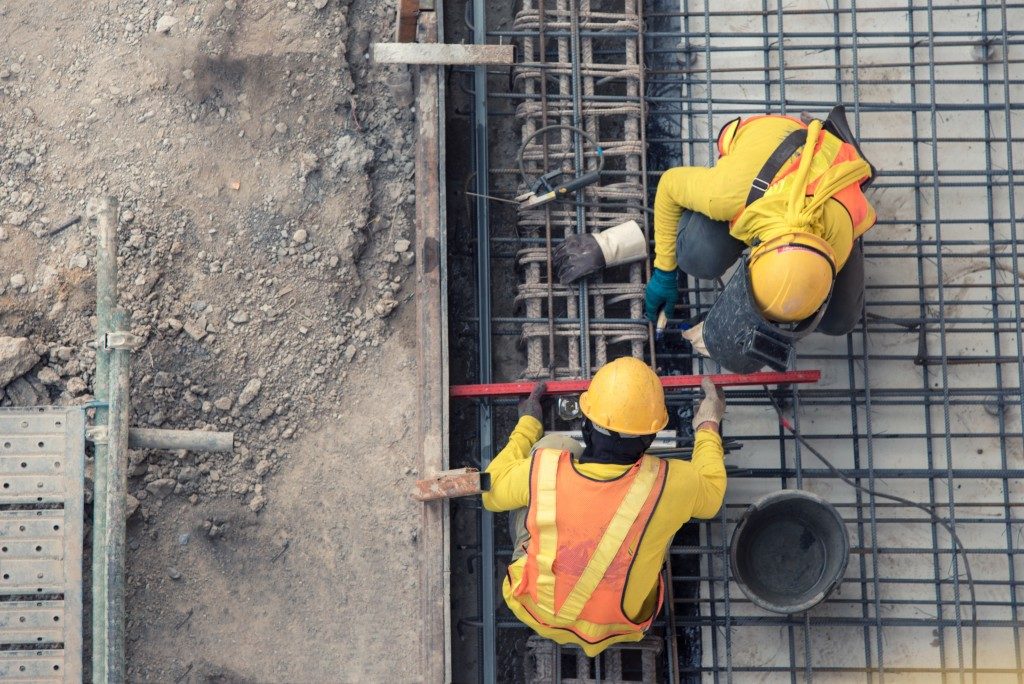If you live in a townhome or in an apartment, you know that keeping your privacy is tough. With thin walls, sound can easily pass through. Private conversations are no longer private if your next door neighbor can hear them. Or the neighbor couple’s argument isn’t just between them anymore.
What can you do then, to regain some privacy as well as peace and quiet? Soundproof your walls.
Soundproofing 101
Sound can go through any solid material: brick, woodwork, and the like. When sound comes up against a wall or ceiling, the material amplifies the vibration it creates and it then escapes through another space. Soundproofing can stop that vibration.
Some basic methods of soundproofing are:
- Increase the distance between the receiver and the sound source
- Using sound barriers
- Using antinoise sound generators
- Using noise barriers to absorb or reflect sound waves
There are many ways to soundproof your room. Both expensive and cost-effective options exist. Commercial spaces, like recording studios, use high-density membranes as an added barrier. If you happen to have a home studio, you can use isolation boxes for a guitar speaker and use foam egg crates on the walls.
If you just need to block out usual noise and keep your own from spilling out into your neighbors’, here are some ways to soundproof your walls and regain your privacy.
Use curtains
Curtains are an inexpensive way to keep the noise out (or in). It dampens sound through heavy materials in the cloth, or through air chambers. A limit to using a curtain to soundproof your room is the lack of a seal at the end of the cloth; though you can amend this by sealing the edge with an adhesive or a fastener. Additionally, the thickness of glass in your windows plays a part in diagnosing sound leakage.
Soundproof your drywall
Some manufacturers sell readymade soundproof drywall. You can have this easily installed by a drywall installation company in your locality. If you don’t want to buy new drywall, you can always turn soundproofing into a DIY project.
One way to insulate sound is by adding another layer of drywall over your existing one. Another solution is to fill the wall cavity with sound-absorbent material, or to place some space between the drywall and the studs.
Some simple steps to soundproof your wall include:
- Separating the drywall from the stud, so the absorbed sound doesn’t pass through wood
- Providing a sound-absorbing material inside the space, or directly behind the wall
- Adding mass to the wall so that it doesn’t vibrate easily
- Adding some more material on the surface to dampen the sound waves

The goal of these four steps is to ensure the least amount of sound is sent and received through your walls. Also, extra drywall on top of the first adds another layer of insulation, which means more comfortable days amid any weather.
Meanwhile, separating your old drywall from the studs on the wall reduce the chances of absorbing noise from the other side of the wall. The addition of sound absorbing material in between the space of the wall and the drywall also helps regulate sound. The thicker the material, the softer the echoing and the shorter the sound waves travel.
Reclaim your privacy even if your apartment walls are paper thin through soundproofing. Whether you rely on thick curtains or replace the drywall, both can help reduce the unpleasant sound passing to and fro your walls.


